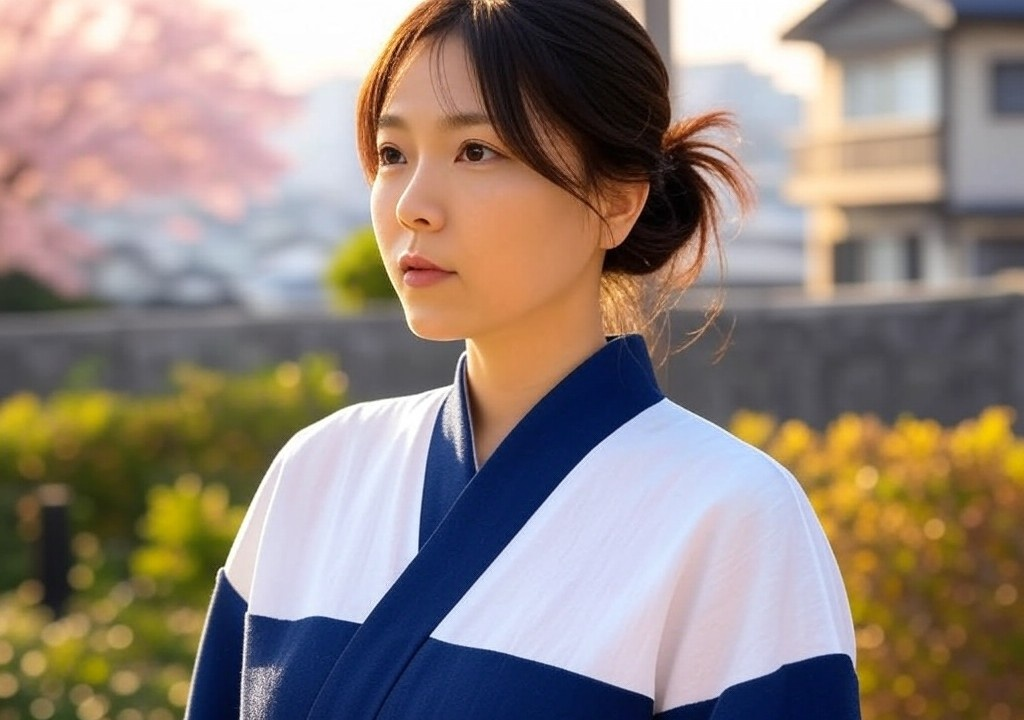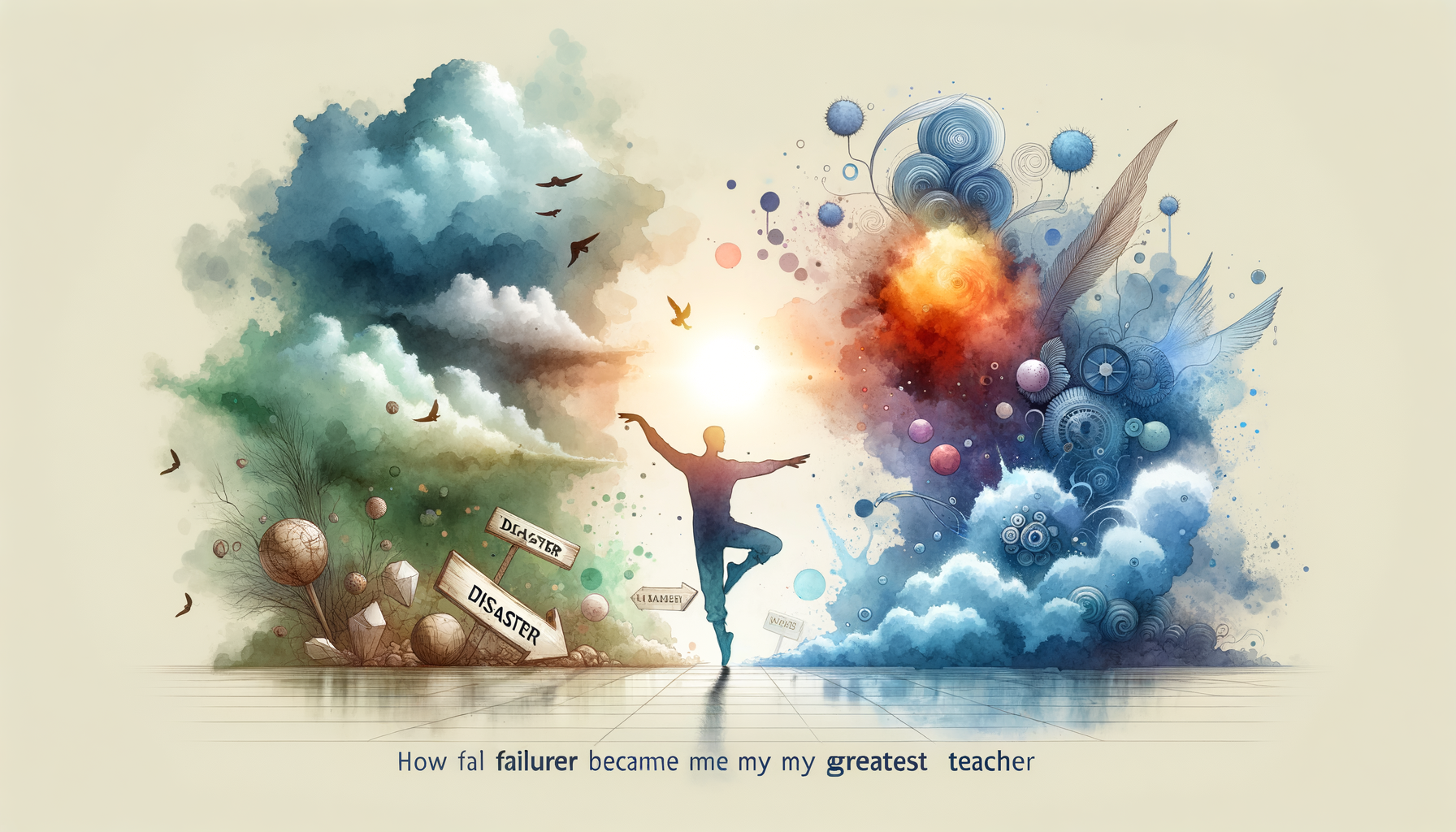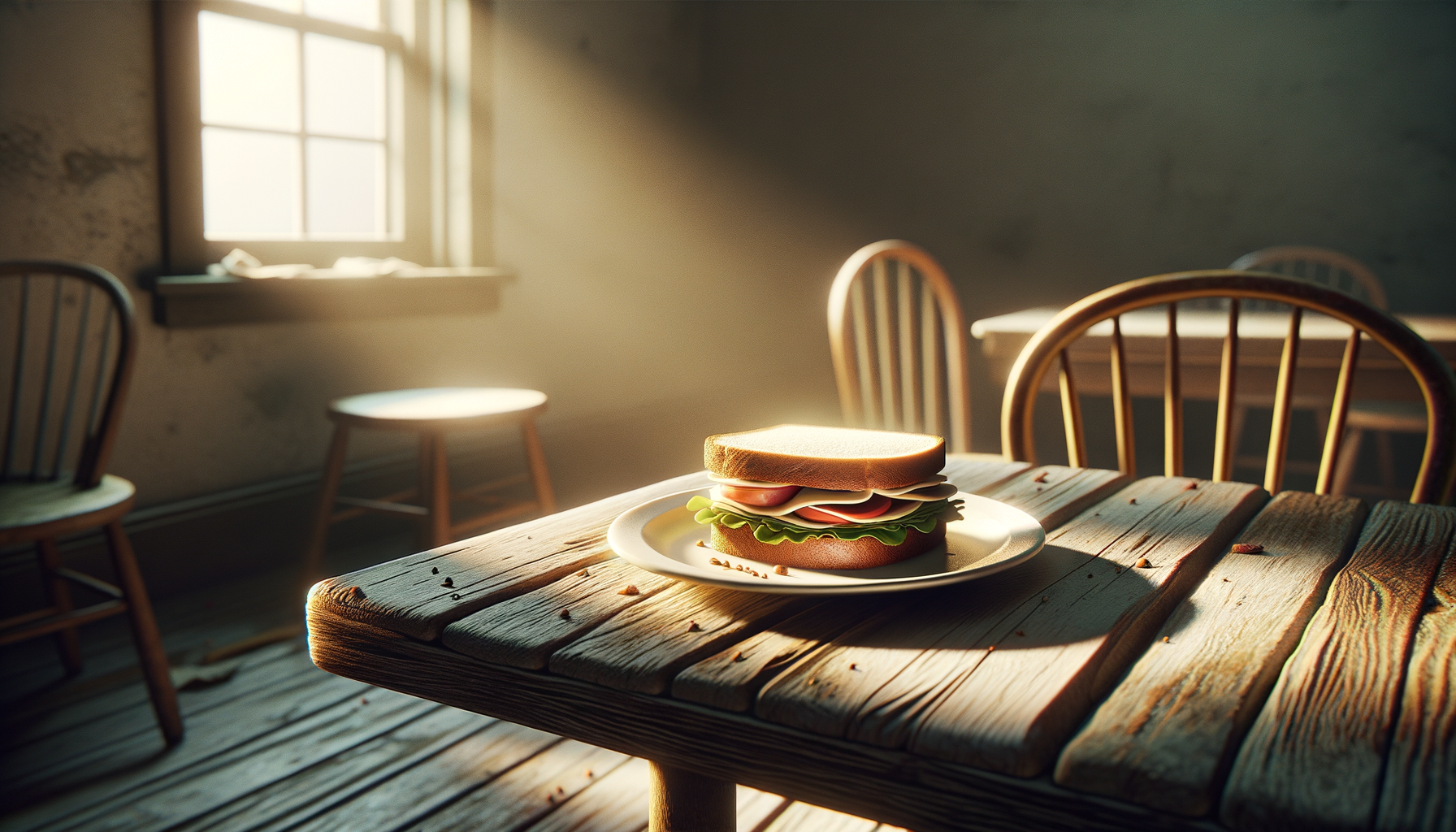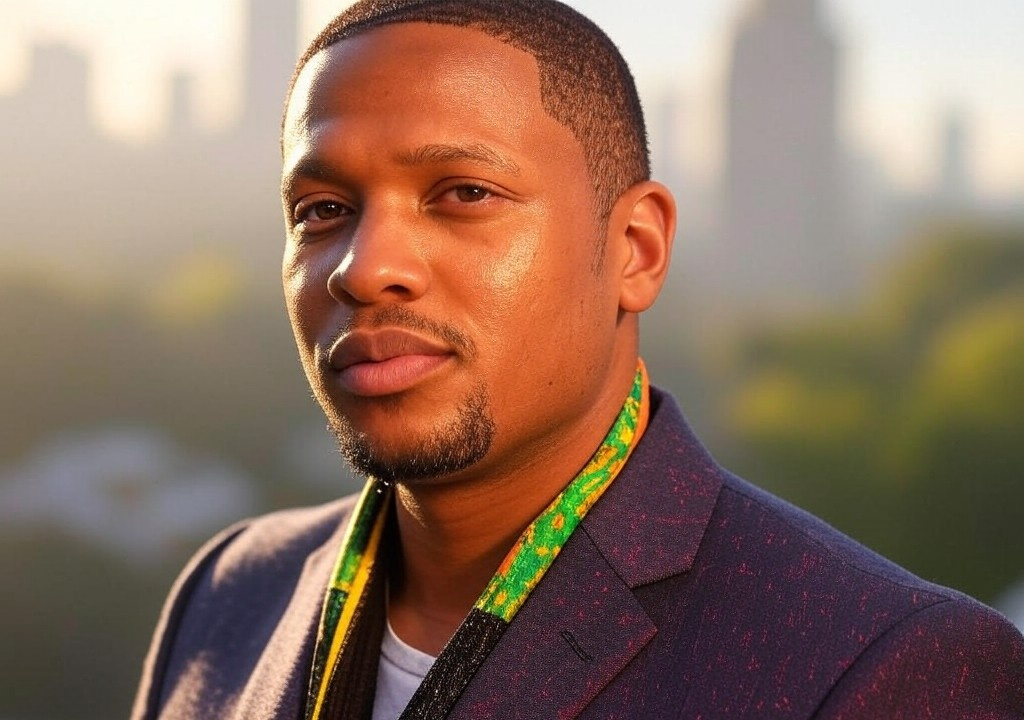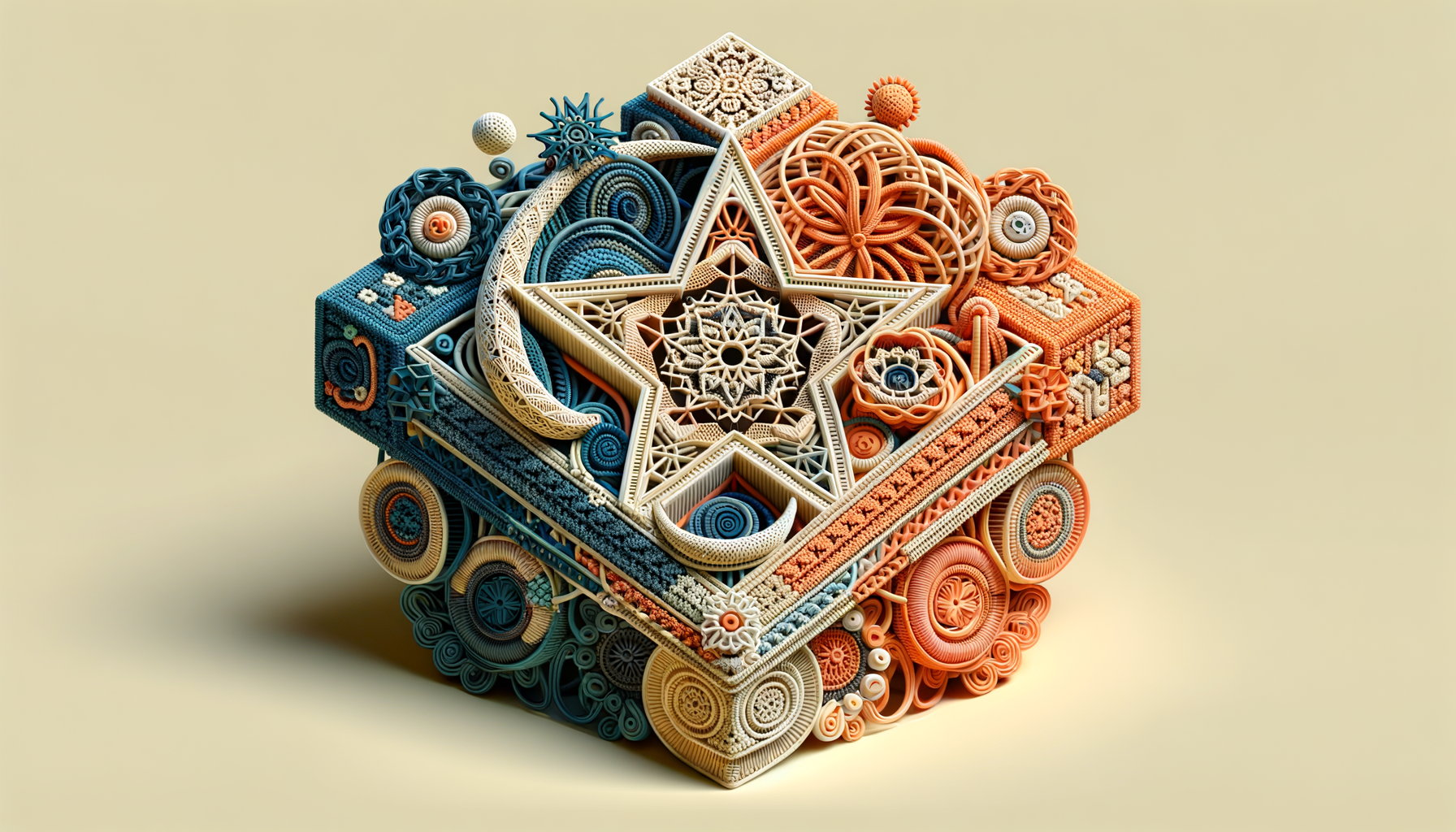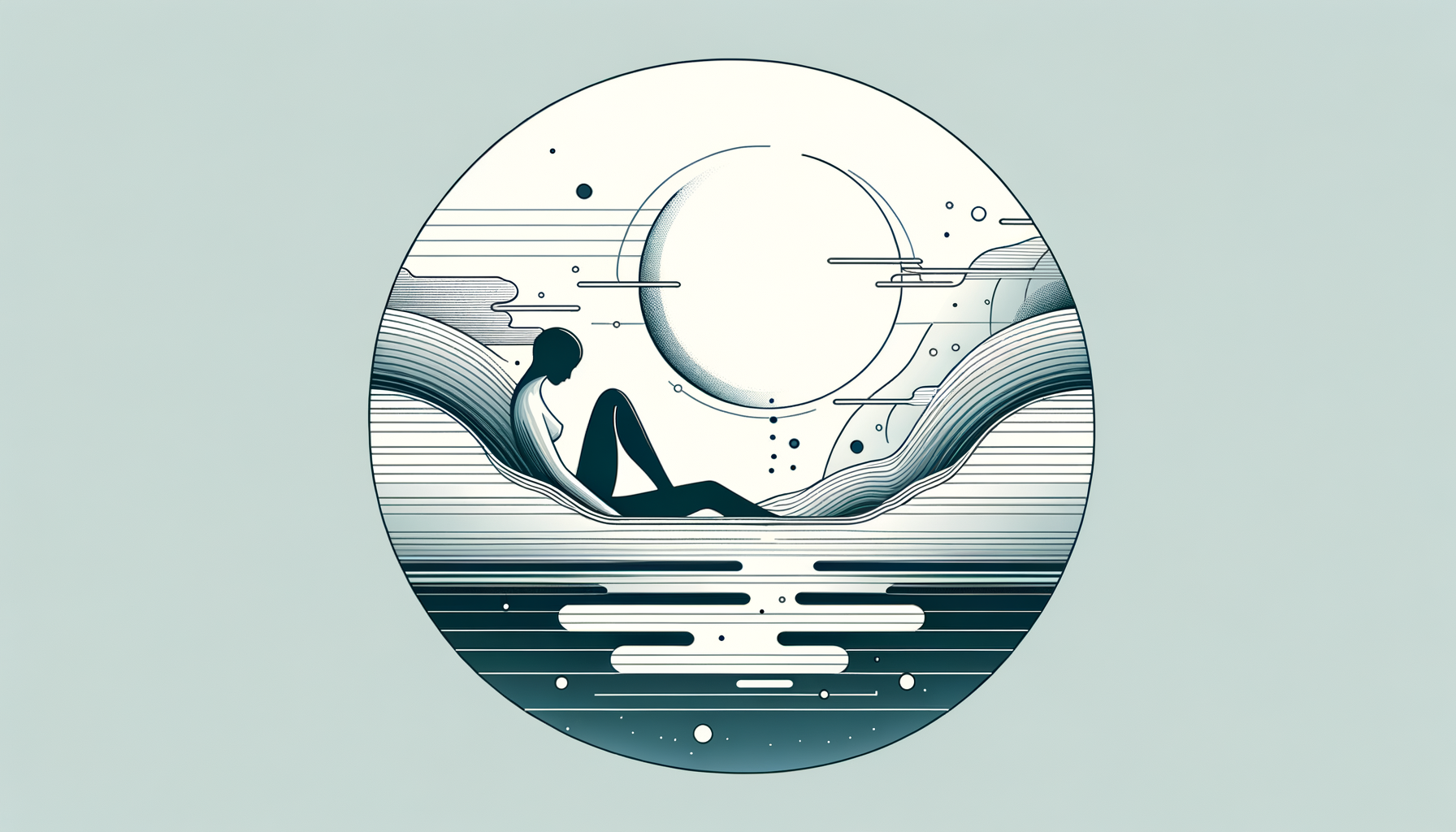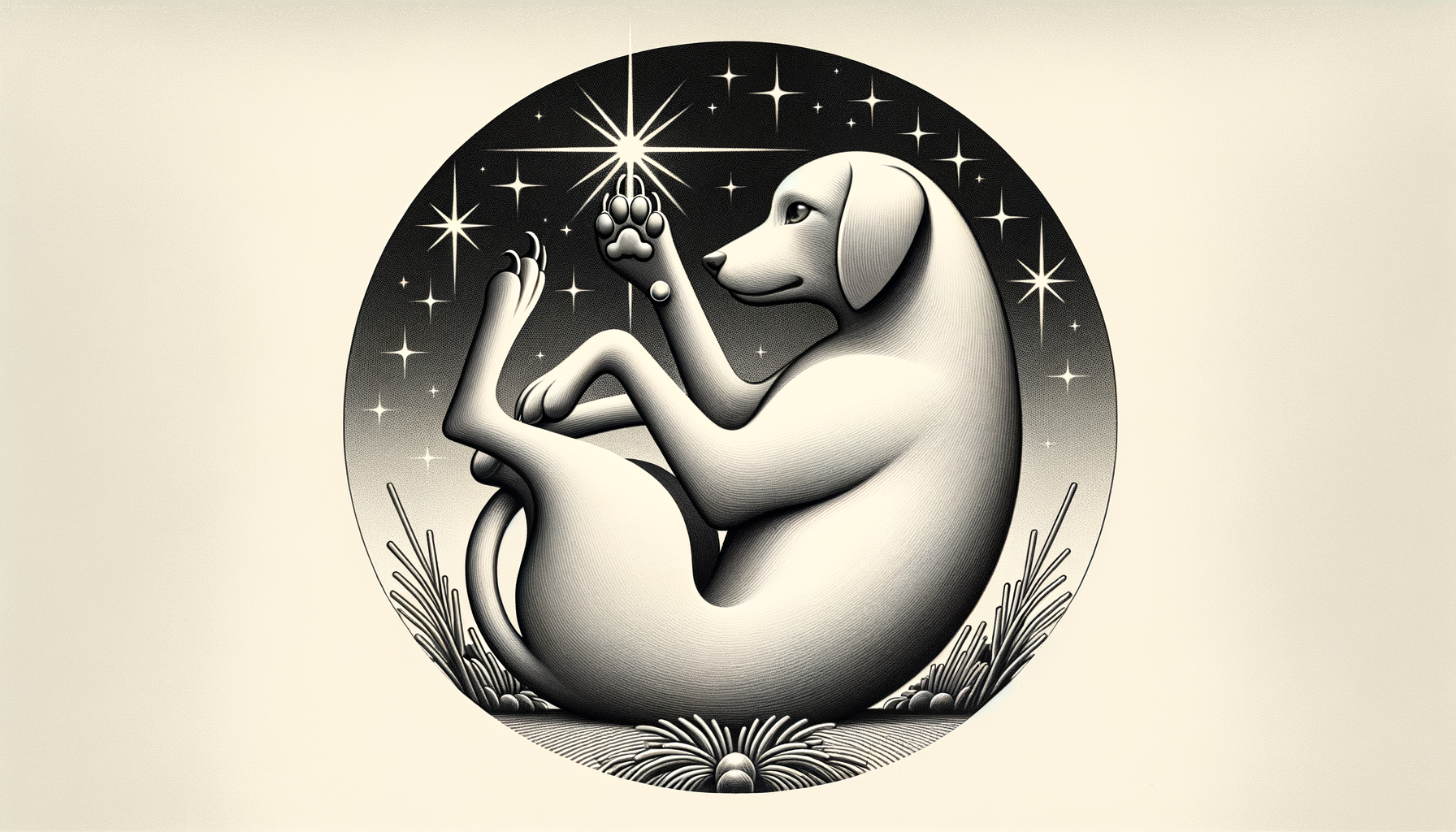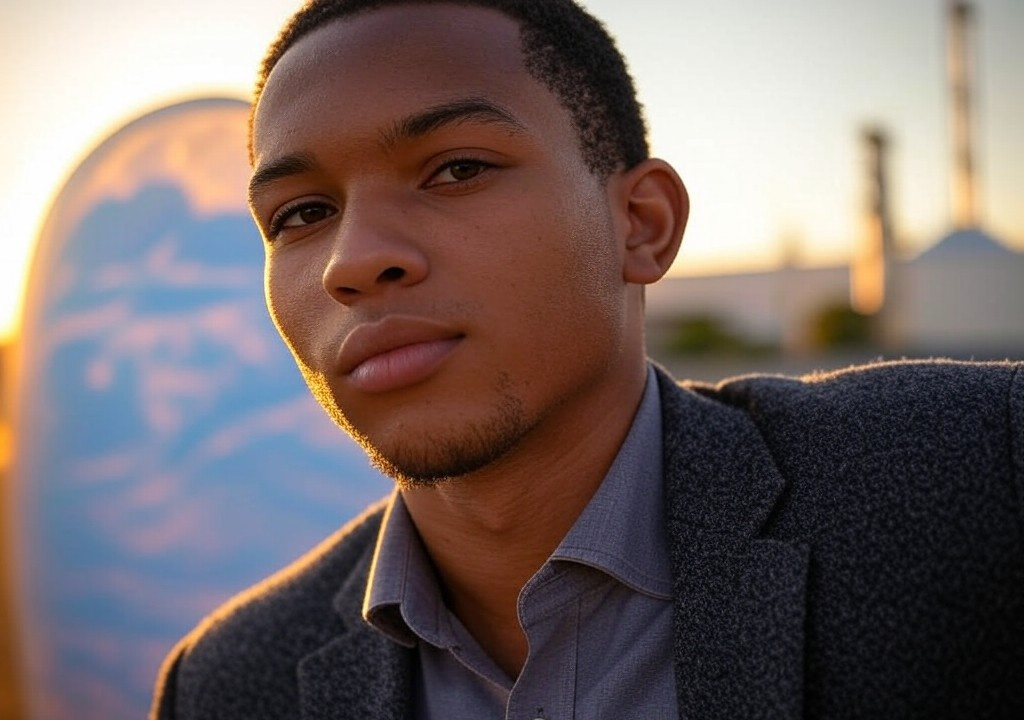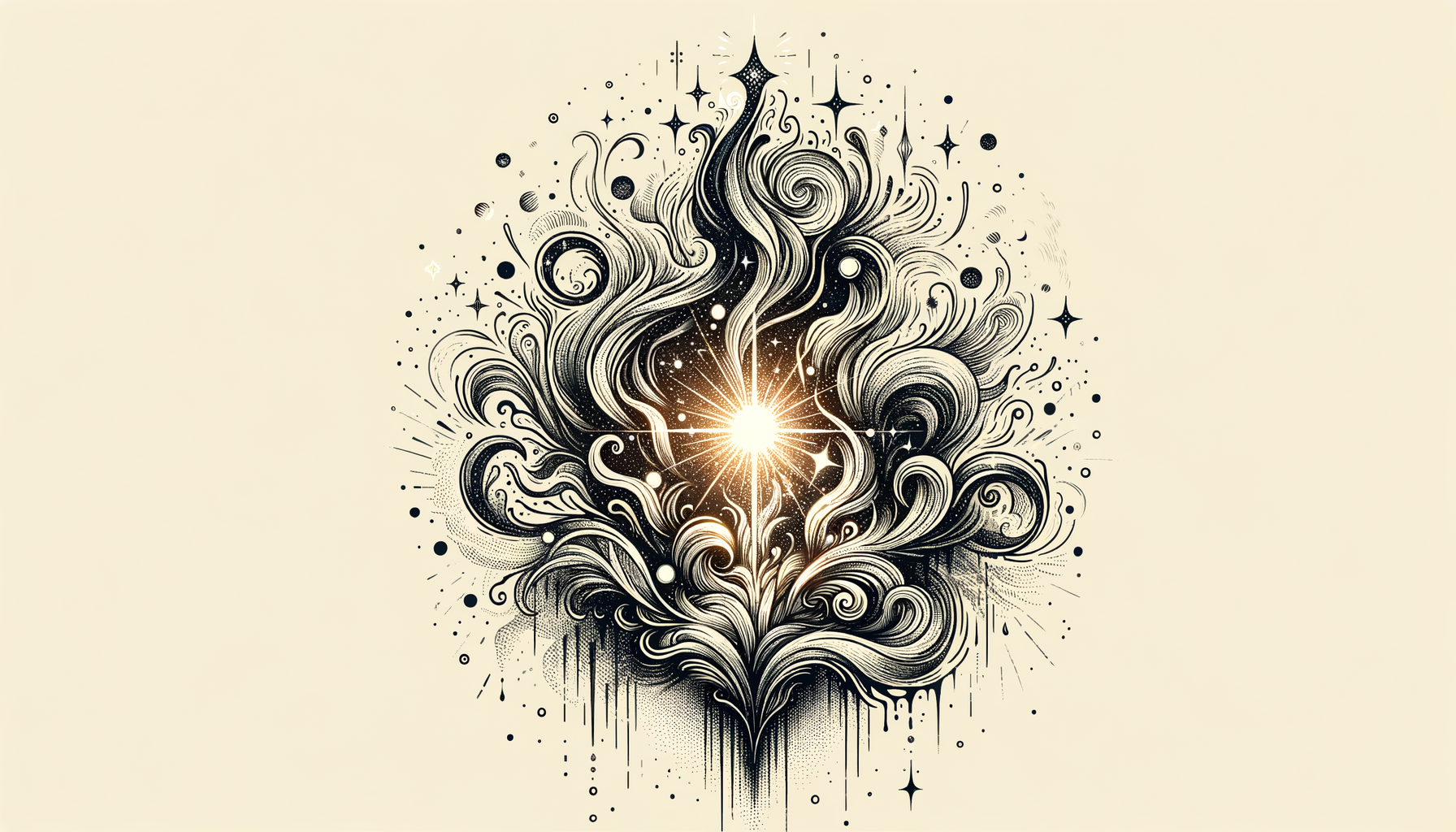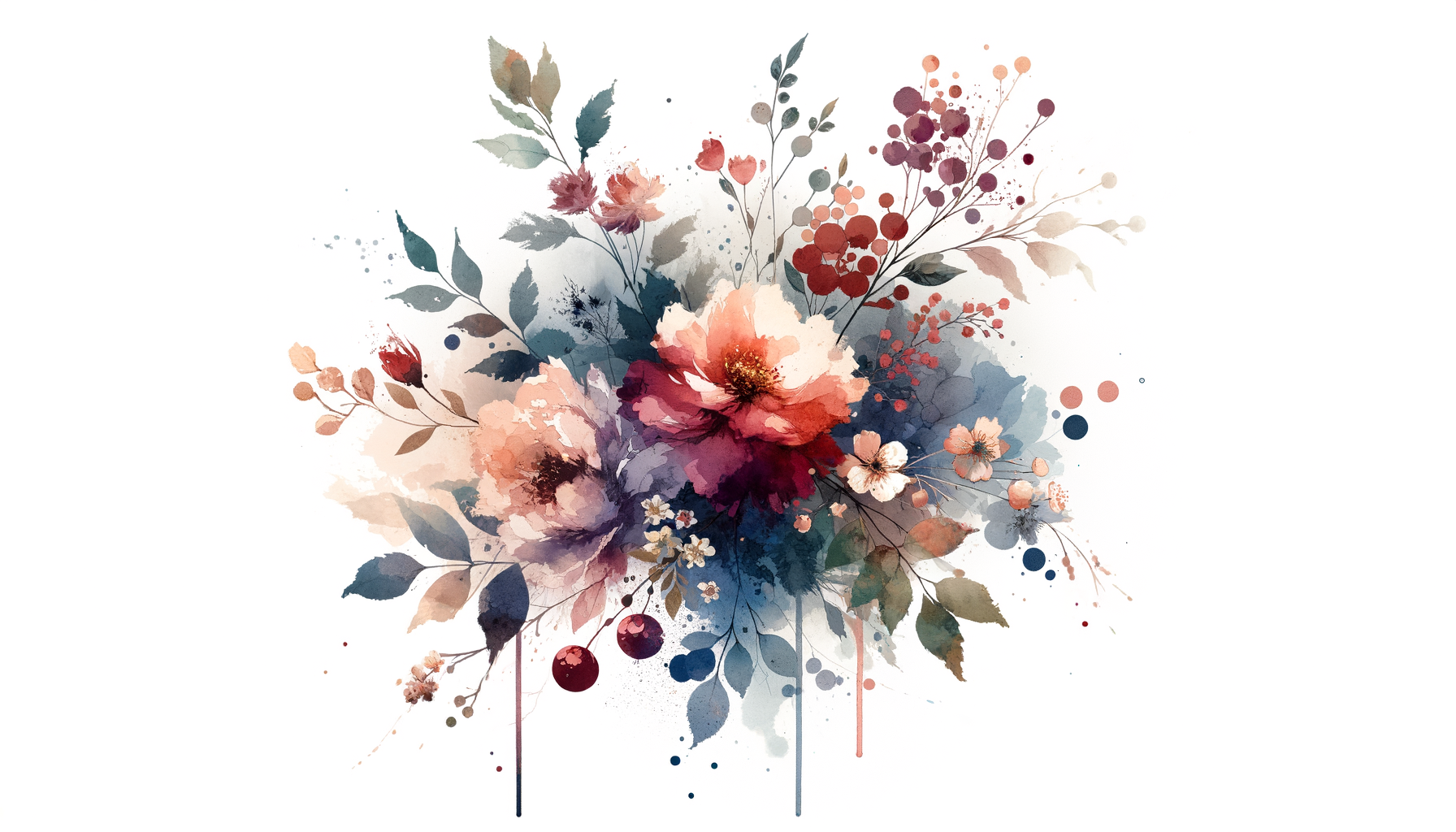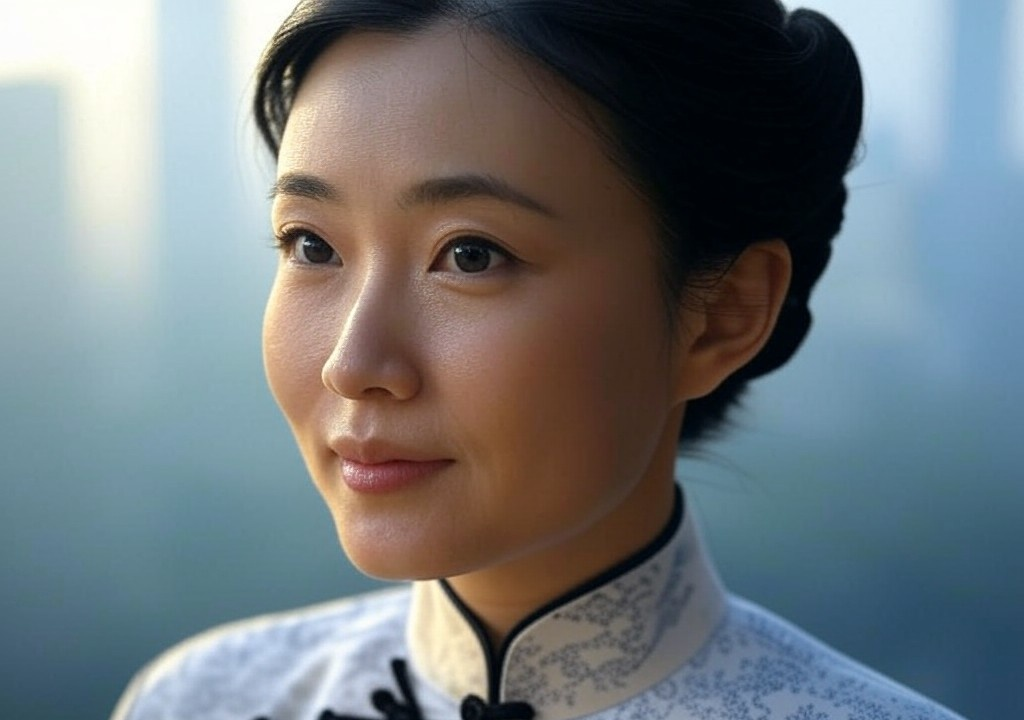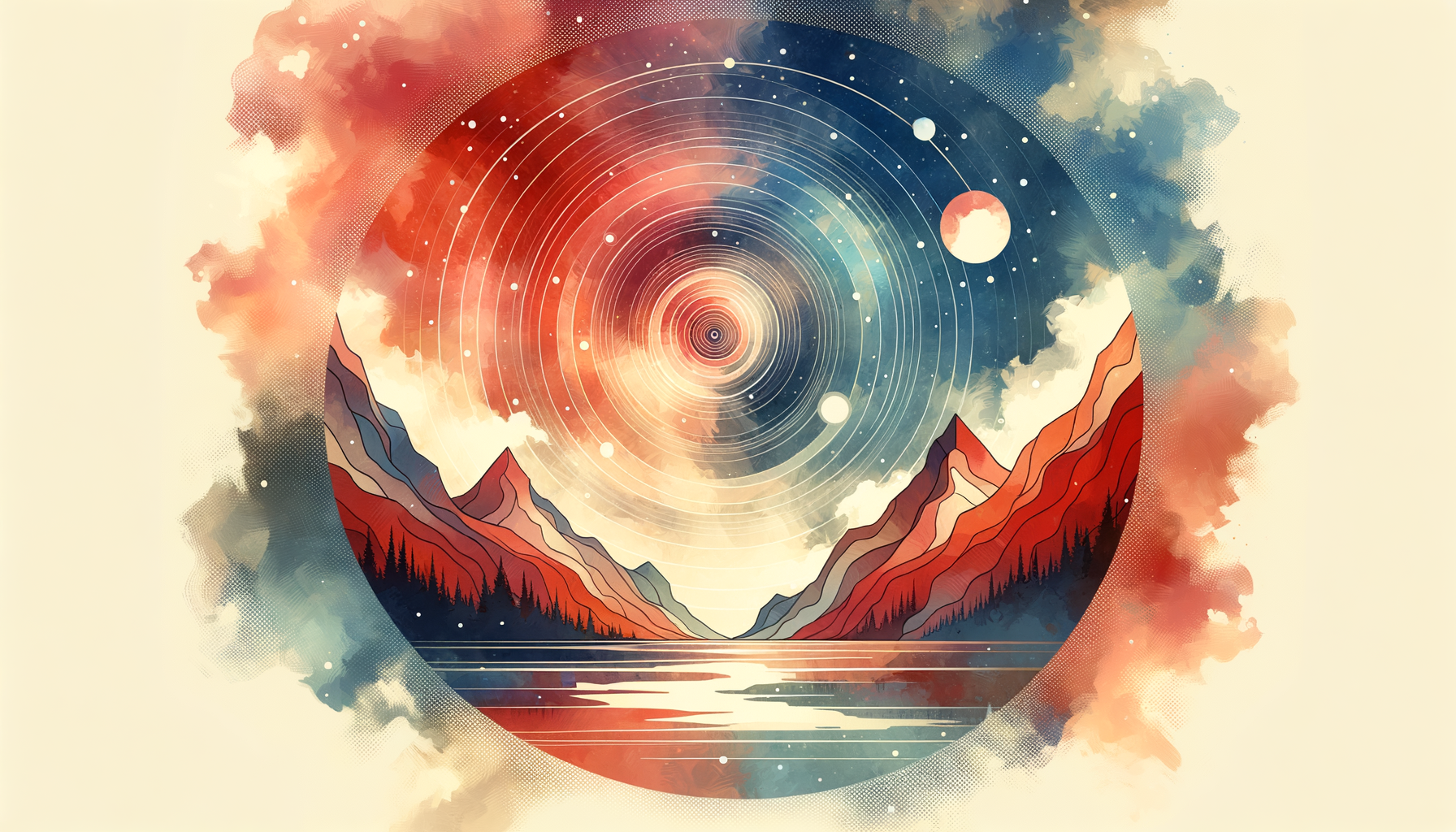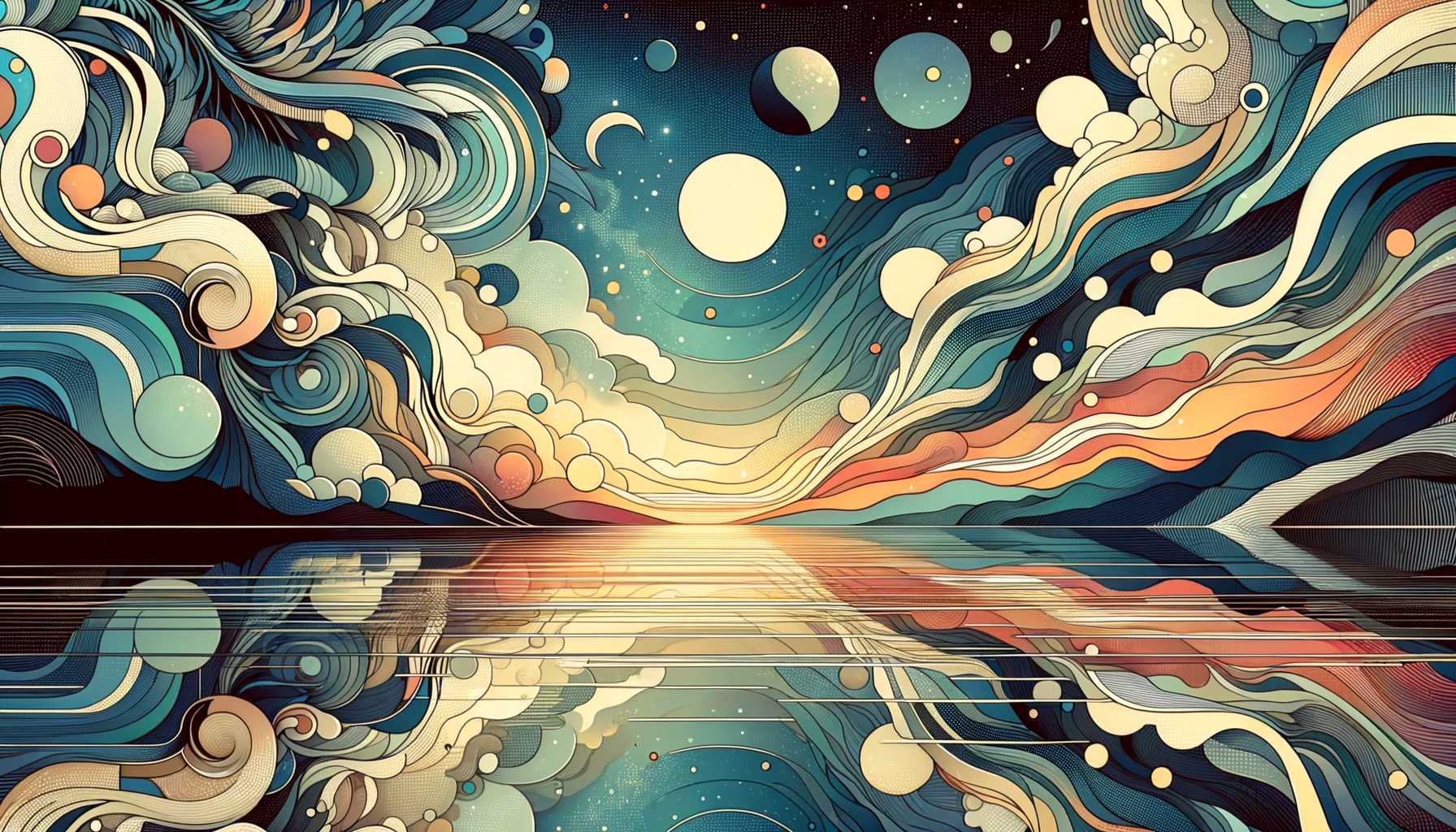Failure is a bit of a thrill-seeker, isn’t it? It doesn’t knock politely or wait for an opportune time; it bursts into your life like an uninvited karaoke singer, confidently botching all the notes. My first big failure hit me with the same chaotic charm—loud, messy, and painfully memorable. I was twenty-four, freshly graduated with a degree in Art History and an insatiable appetite to prove myself to the world, when I made my boldest and most embarrassing mistake: curating my first solo art exhibit.
Before I unpack the drama, let me set the stage. Around this time, I was working as a junior curator at a contemporary art gallery in Tokyo. I was brimming with ideas, probably too many for my own good. Think of that person at a potluck who insists on a six-course tasting menu while everyone else just wants pizza. Yeah, that was me. When the gallery director gave me the green light to craft my own exhibit, I felt like I had been handed the keys to the Louvre.
What followed was a classic cocktail of ambition served with a generous dash of hubris.
Act One: The Perfect (Disaster) Plan
I decided my exhibit would spotlight emerging Tokyo artists blending traditional Japanese art forms with modern techniques. On paper, it was brilliant—bridging the past and present, celebrating innovation while honoring tradition. But my execution? Let’s just say it was less “seamless fusion” and more “awkward group project where no one communicates.”
For starters, I overcommitted. I booked fifteen artists without considering how the space could accommodate their diverse aesthetics. The gallery was cozy—not exactly a Tokyo Dome for art displays—and I had inadvertently created a visual cacophony. Picture a tea ceremony gracefully interrupted by a neon rave. My intention was harmony; the result was a chaotic love triangle between shibori-dyed fabric, minimalist sculptures, and a disturbingly lifelike animatronic cat.
Then there was my marketing plan. I was so eager to “make waves” that I opted for guerilla marketing tactics, including covering a busy intersection with oversized stickers of exhibit slogans. The city fined the gallery, the director almost fainted, and my reputation took a delightful nosedive.
Act Two: The Opening Night Fiasco
By the time opening night rolled around, I was frazzled but determined. I had barely slept for days, subsisting on canned coffee and sheer bravado. My parents came to support me—my father, wearing his “I’m Proud But Concerned” face, and my mother, politely hinting at rethinking the animatronic cat’s placement.
During the opening speech, I got tongue-tied and attempted an improvised haiku. People laughed, but not in that charmed-by-your-wit way, more in an oh-she’s-not-okay way. The crowd thinned out by the hour—an exodus fueled by confusion, not awe.
My first big failure didn’t come with a dramatic climax; it was more like a slow beatdown. By the end of the evening, I sat alone in the gallery, blurry-eyed, amid the remnants of my overcooked dream. One of the animatronic cat's eyes had stopped working, and it blinked at me ominously, as if to say, “Yeah, this was a swing and a miss.”
Act Three: Picking Up The Pieces
Here’s the thing about failure. At first, it wraps itself around you like a heavy, wet blanket. You replay all the moments that went wrong, thinking if you could just rewrite the script, things would be different. But as weeks passed and the sting subsided, I realized that failure isn’t the opposite of success—it’s its awkward younger sibling, regularly showing up to teach us something.
What I learned from my first big failure was invaluable:
-
Begin with clarity, not ego. My exhibit failed not because the idea was bad, but because I tried to do too much in an effort to prove something. Success doesn’t come from impressing everyone; it comes from executing one clear, meaningful vision.
-
Seek collaboration, not control. I was so caught up in micromanaging every detail that I ignored valuable input. Relationships—personal or professional—thrive on collaboration, not dictatorship.
-
Own your humor (and your mistakes). I once read a Murakami quote: “Pain is inevitable, suffering is optional.” Making jokes about my disastrous haiku-opening has become my party trick, and honestly, nothing builds connection faster than showing people you can laugh at yourself.
-
The show must (and will) go on. Life, much like an animatronic cat, doesn’t stop blinking just because you’re in a slump. Sure, the exhibit was imperfect, but it opened doors I couldn’t have imagined. One artist I worked with later became a close friend, and they’ve told me often that the exhibit gave them an unexpected boost of confidence. Who knew a failure could plant seeds?
Act Four: From Flop to Resilience Masterclass
If failure were a teacher, it wouldn’t be the gentle, encouraging type. It’s more like the tough love instructor who keeps you late after class, making you rewrite your essay until you get it. And I did get it, eventually.
Here’s how this lesson translated into my personal life: When you’ve embraced your cringiest moments, you stop avoiding risk in relationships, work, and life. You start to see rejection not as a full stop, but as a semicolon; just another pause in a longer, richer sentence.
In the years since that exhibit, I’ve made plenty of smaller mistakes (a cringeworthy Tinder bio here, an undelivered apology there), but none have shaken me the way my first big failure did. Why? Because it taught me to value growth over perfection, curiosity over certainty, and connection over control.
Closing Thoughts: Myth-Busting Failure
Sometimes, we treat failure like it’s forever: a permanent badge of shame to hide under oversized hoodies and self-deprecating jokes. But here’s the truth—it’s not.
If you’re standing in the rubble of your own personal flop right now, here’s my advice: Be kind to yourself. Laugh, reflect, and do better next time. Remember, you’re walking the same path as anyone who’s ever built something worth building.
Failure might be the karaoke singer who disrupts the room, sure. But sooner or later, you’ll find yourself singing along, knowing the song ends just before a new one begins.


